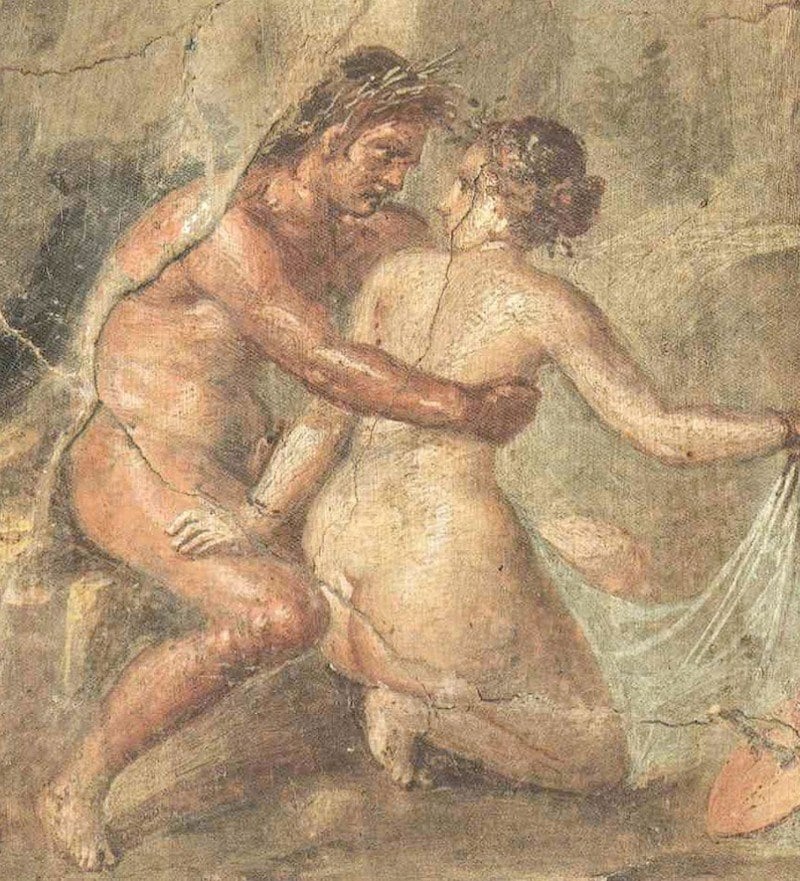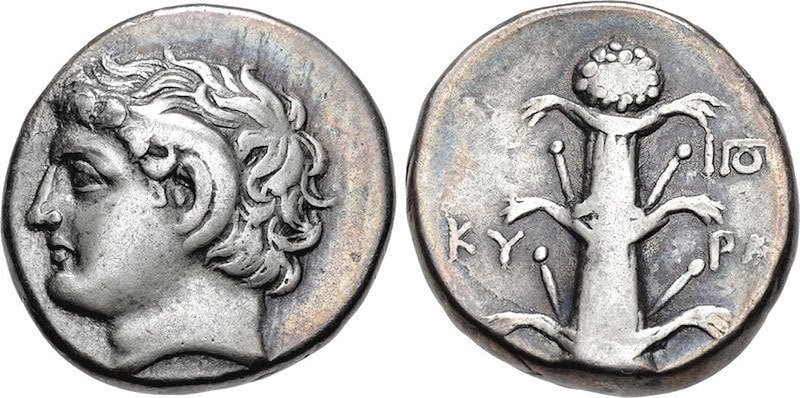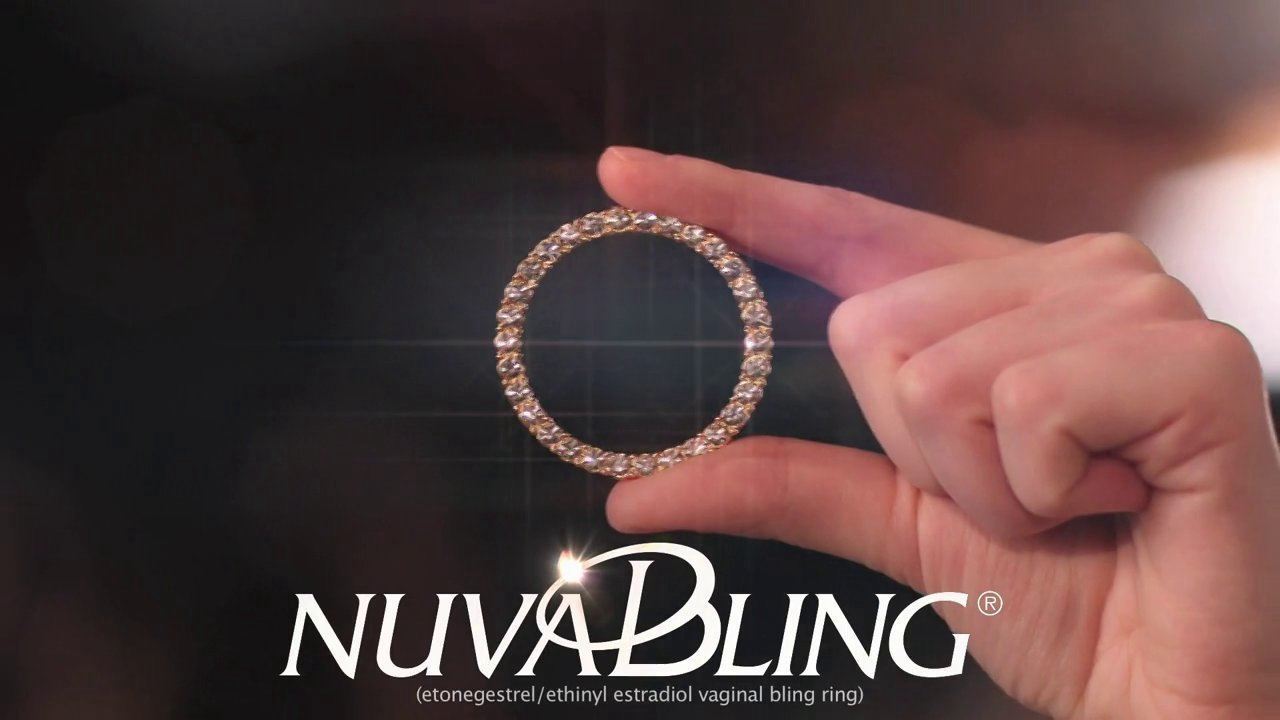The history of birth control - from ancient herbal concoctions to vaginal glow sticks - will make you thankful for modern contraceptives.

Fun fact: the progestin birth control pill was originally submitted to the FDA for approval as a treatment for “menstrual disorders,” because the researcher feared it would not be approved as a contraceptive product. Once approved, the box featured a warning label that stated “warning, this pill will likely prevent pregnancy,” and doctors began prescribing it off label. Source: NPR
For almost as long as humans have existed, we’ve been trying not to get pregnant, often in some interesting and creative ways. While abstinence is the only form of birth control that’s 100% effective, it’s not that interesting to write about.
This journey through the history of birth control–from ancient herbal concoctions to glow sticks for your vagina–will make you thank your lucky stars that all the average American woman has to do to receive quality birth control today is buy health insurance, find a doctor who takes that health insurance, make an appointment, allow aforementioned doctor to stick things inside of her, pay her co-pay, bring her prescription to the pharmacy, wait for a pharmacist to fill the prescription, and then take one pill every day at the same time.
Birth Control In Ancient History

Source: Write Work
If you think pausing for a condom kills the mood, you should try rubbing crocodile dung on your cervix. That’s one technique ancient Egyptian women used to prevent pregnancy. Records detailing the use of birth control in Egypt date as far back as 1850 BCE. Most methods involved covering the “mouth of the womb” with some sort of sticky barrier to physically block any hopeful sperm. Besides crocodile refuse, Egyptian women also used a mixture of honey and sodium carbonate, or honey, acacia leaves, and lint for this purpose.
The acacia plant (also called thorntree, whistling thorn, or wattle) is native to parts of Northern Africa and has natural spermatocidal qualities. It’s still found in contraceptive jellies today. Another plant commonly used to prevent pregnancy in the past was silphium. It was related to certain types of fennel, and could only grow in one location: a small strip of land on the shores of Cyrenaica, a coastal city in modern day Libya. All attempts to cultivate silphium elsewhere failed.

Source: Focus Features
Silphium was used for cooking as well as medicine, and became a such prominent part of the economy that by the 1st century BCE it was worth “more than its weight in silver.” Many Greek, Roman, and Cyrenean coins featured an image of the plant.
A monthly tincture of silphium was the birth control of choice for Ancient Greeks from the 7th century BCE until about the 2nd century CE when overharvesting drove the plant to extinction. Add that to your list of reasons to be annoyed with the Greeks, right below the cynical thought that everything you observe is a gross distortion of reality which bears little resemblance to the truth.

Have you ever wondered how the heart symbol (♥) came to exist? Silphium seed pods were shaped like a heart, and many historians believe that the plant’s associations with sexuality and passion is the reason love and the heart symbol eventually became synonymous. Source: Edgar Lowen
Medieval, Renaissance, and Early Modern Times
As Christianity rose to prominence across much of the Western world, women with knowledge of herbal contraceptives were increasingly accused of witchcraft and burned alive. While women never stopped using plant-based birth control, knowledge and documentation of these techniques declined sharply. As women’s methods were being suppressed, male managed birth control items came into popular use; namely, the condom.

Source: Intimate Health Help
Evidence of Asian upper classes using glans condoms–condoms which covered just the tip of the penis–dates back to the 14th century CE. These types of condoms were made out of animal intestines, oiled paper, animal horn, or tortoise shell. The downside to using a glans condom was that they would frequently move during intercourse, sometimes becoming lodged inside the woman. Additionally, one could imagine that placing a tortoise shell cap on one’s junk might have the effect of greatly reducing sensation.
Infamous womanizer Casanova allegedly used this device to protect his numerous lovers (or more likely himself) from unwanted pregnancy. Child support payments didn’t exist yet, but hunting down and killing the dude who impregnated your daughter/sister/wife did.

This photo was found in the Library Of Congress in Washington D.C, and the events depicted were described in Casanova’s memoirs. “We found the three girls lightly clad and sitting on a large sopha, and we sat down opposite to them… The syndic, like a careful man, drew a packet of fine French letters from his pocket, and delivered a long eulogium on this admirable preservative from an accident which might give rise to a terrible and fruitless repentance. The ladies knew them, and seemed to have no objection to the precaution; they laughed heartily to see the shape these articles took when they were blown out.” Source: Two Nerdy History Girls
In Casanova’s day you didn’t just run out and a buy a box of condoms every so often–you had one condom, and probably not a lot of soap. And zero penicillin, which meant venereal diseases were a real nuisance. During the 16th century, as a terrible syphilis epidemic raged throughout Europe, physician Gabriele Falloppio invented and popularized the modern condom, which not only prevented pregnancy, but also protected users from contracting or spreading sexually transmitted infections.
Before rubber could be mass produced, condoms were made from treated animal intestines (mostly goats and sheep). Some manufacturers even produced fur-lined varieties, although those, as you can probably imagine, were met with overwhelmingly negative reviews.

Heath Ledger (may he rest in peace) as Casanova, getting into character by lamenting the use of a fur lined condom. Source: Fan Pop
Modern to Current History Of Birth Control

Source: Vimeo
Today birth control methods include IUDs, the patch, the rhythm method, the NuvaRing, the Depo shot, the morning after pill, female condoms, diaphragms, spermicides, vasectomies, hysterectomies, safe and legal abortions (in many countries), just to name a few. While these products do have their place, the hormone-based birth control pill put on the market in 1956 was arguably the most important invention of the 20th century. Creating it was no easy task.
Research on this “magic tablet” began in Boston, Massachusetts in the 1950s. At that time it was illegal to provide women with so little as information on contraception because of the 1873 Comstock Law. While many women wanted–even demanded–access to safe and effective birth control, if the government or the Catholic Church had known research on such a drug was taking place, birth control pills probably never would have made it past preliminary testing.

Source: Jane Austen’s World
In his book, The Birth Of The Pill, Jonathan Eig describes how four people — “the founder of the birth control movement, a controversial scientist, a Catholic obstetrician and a wealthy feminist” — came together to deceive the government and the American people in order to create the earliest prototype of the birth control pill millions of women use today. Those four people were Margaret Sanger, Gregory Pincus, John Rock, and Katharine McCormick, respectively, and without any one of them this project could not have been completed.
Progesterone is a natural hormone women produce when they’re pregnant and prevents the ovaries from releasing more eggs. Progestin is a synthetic version of progesterone, and it’s what’s used in oral contraceptive pills.
The original prototype of the pill used far too much progestin–about 10mg vs. the 2.5-5mg they use today. At that dosage, side effects like nausea, depression, irritability, mood swings, and weight gain were far worse than they are today. Even with those negative effects, by 1963 there were 2.3 million American women on “the pill,” and by 1965 those number were up to 6.5 million women.

Well, not everyone’s into birth control. Source: US Magazine
The next big step in the evolution of contraception is long term, reversible male birth control. Currently the two main choices for men are condoms and vasectomies–too temporary and too permanent, respectively. There are several companies competing to complete a new type of male contraception, but the leader of the pack is a non-hormonal, polymer based product called Vasalgel. Vasalgel is basically a low commitment vasectomy.
In a vasectomy the man has his vas deferens (the tube sperm swim through) cut. This new method involves the injection of a gel into the vas deferens, which will simply block sperm temporarily. If and when a man decides he’s ready to have children, the gel can be flushed out with a second injection. The product has been tested successfully on mice, rabbits, baboons, and, starting September 2014, humans.
Optimistic estimates say the product will be available by 2017, and hopefully once that happens RedPill redditors can stop whining about “gold digging bitches” tricking them into paying child support. That’s good news for everybody.

Fun fact: researchers didn’t begin including estrogen in the formula for the birth control pill until one group of test subjects reported feeling fewer and less extreme side effects than ever before. Their doctors discovered the reason–this particular batch of pills had been accidentally contaminated with estrogen. Source: We Know Memes





